6 Things To Unlearn From Your Driving Test
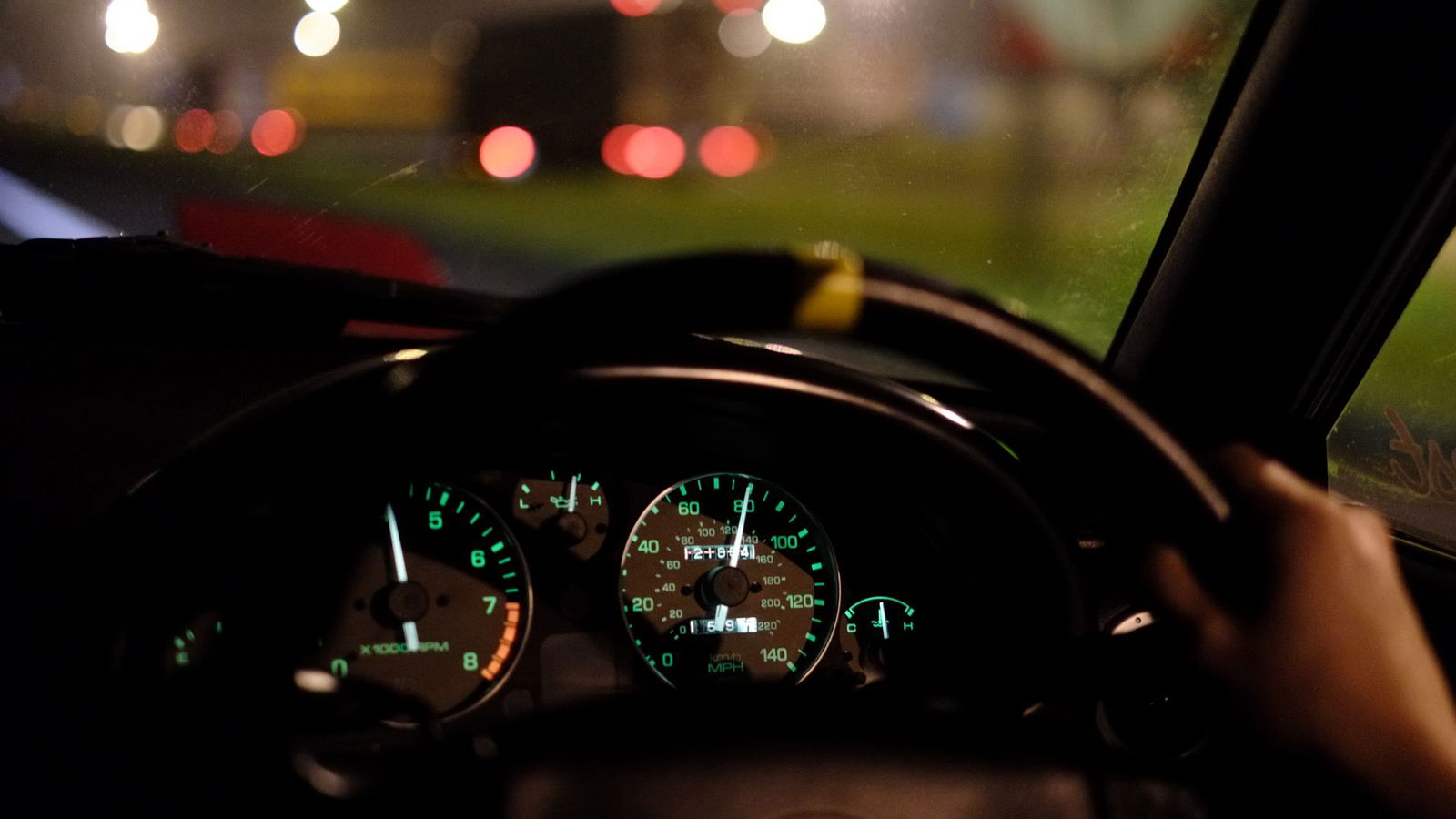
1. 'Feeding' the wheel
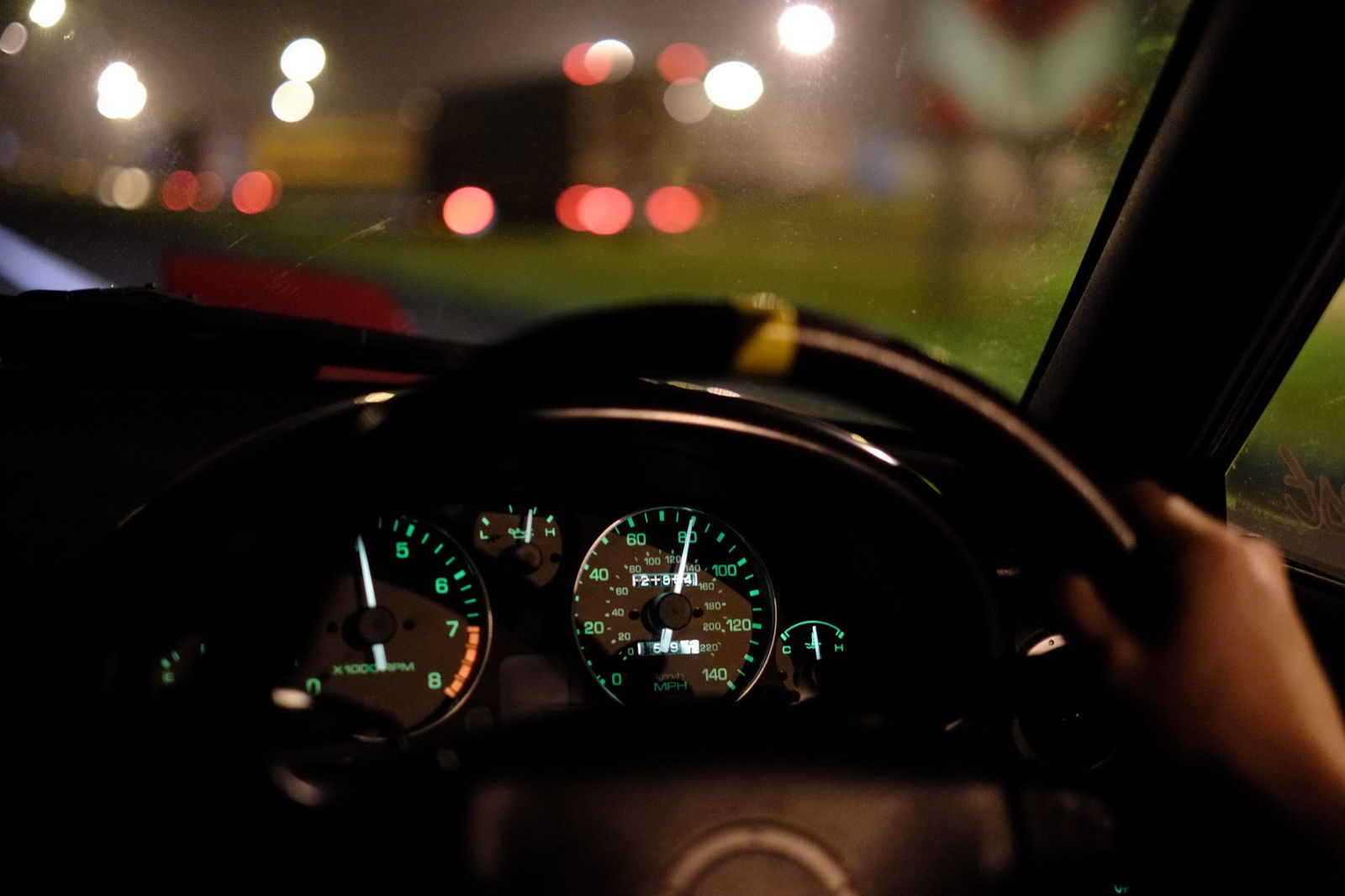
The ‘pull-push’ method, also known as ‘feeding the wheel’, is argubly the most important ‘driving test’ technique. It’s a method that has been taught for years; even the police force use it when training Class 1 drivers. The idea behind the technique is that it allows you to keep both hands on the wheel at all times, therefore making you a ‘safer’ driver.
Unfortunately, this is nothing more than ill-advised rhetoric. Feeding the wheel is inefficient, outdated and in some circumstances, it can be dangerous. For example, imagine that you’re on a country road and you approach a blind corner. You enter what you think is a shallow bend, but as you turn in, the corner starts to decrease in radius. To avoid running wide, you need to add more steering lock quickly but smoothly; something you can’t do effectively when feeding the wheel.
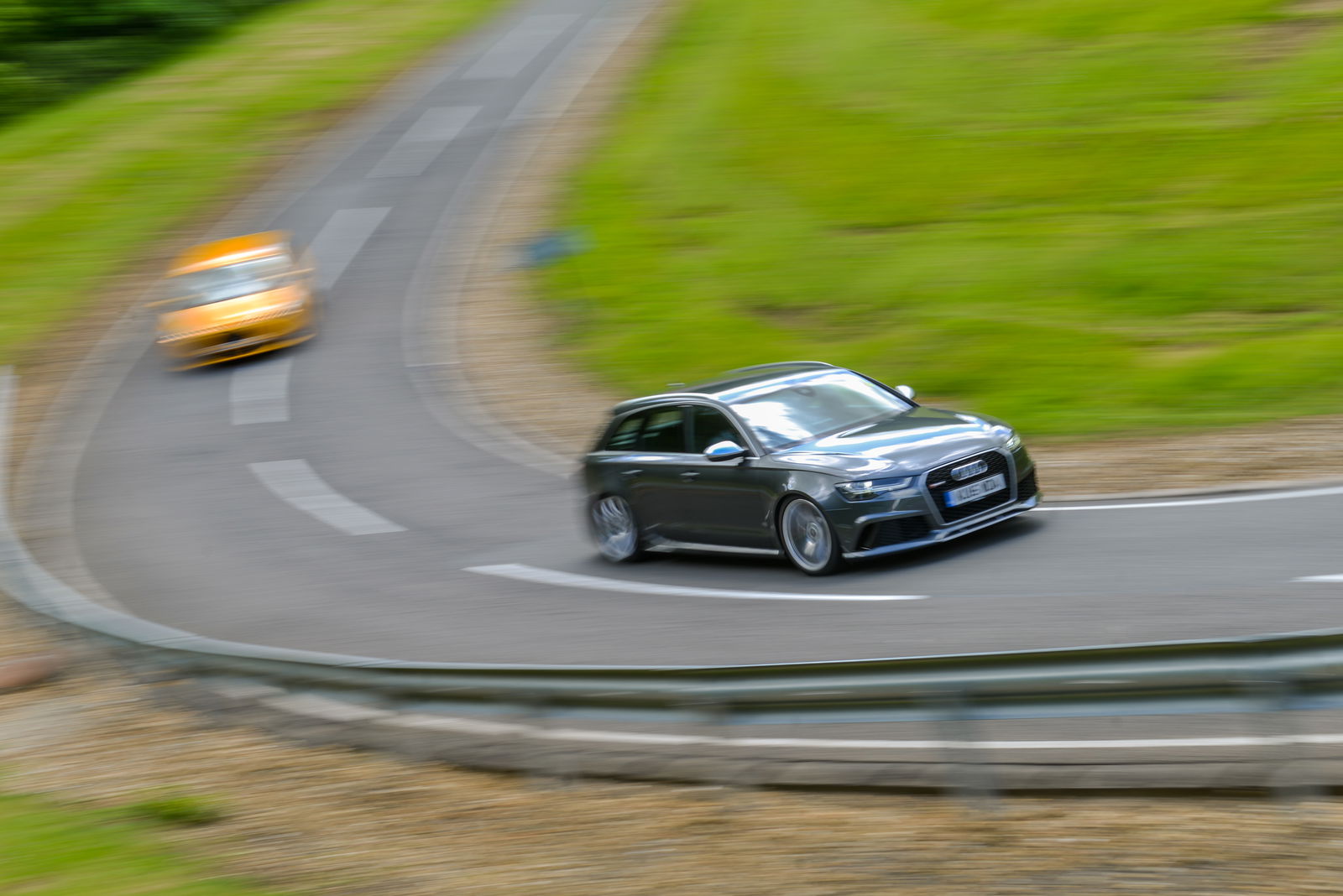
If you attempt to ‘pull and push’ the wheel, you’ll end up making jagged inputs at a point where the car is already unstable. And if the corner continues to tighten, the push and pull technique will be too slow, and you’ll end up running wide.
Instead, if you keep both hands on the wheel and cross your arms, you maintain that vital connection with the wheel. You can feel what the front end is doing and you can add steering input progressively. There’s a reason why ARDS qualified racing instructors ask first time track drivers to keep their hands at nine and three.
2. Constantly applying the hand-brake
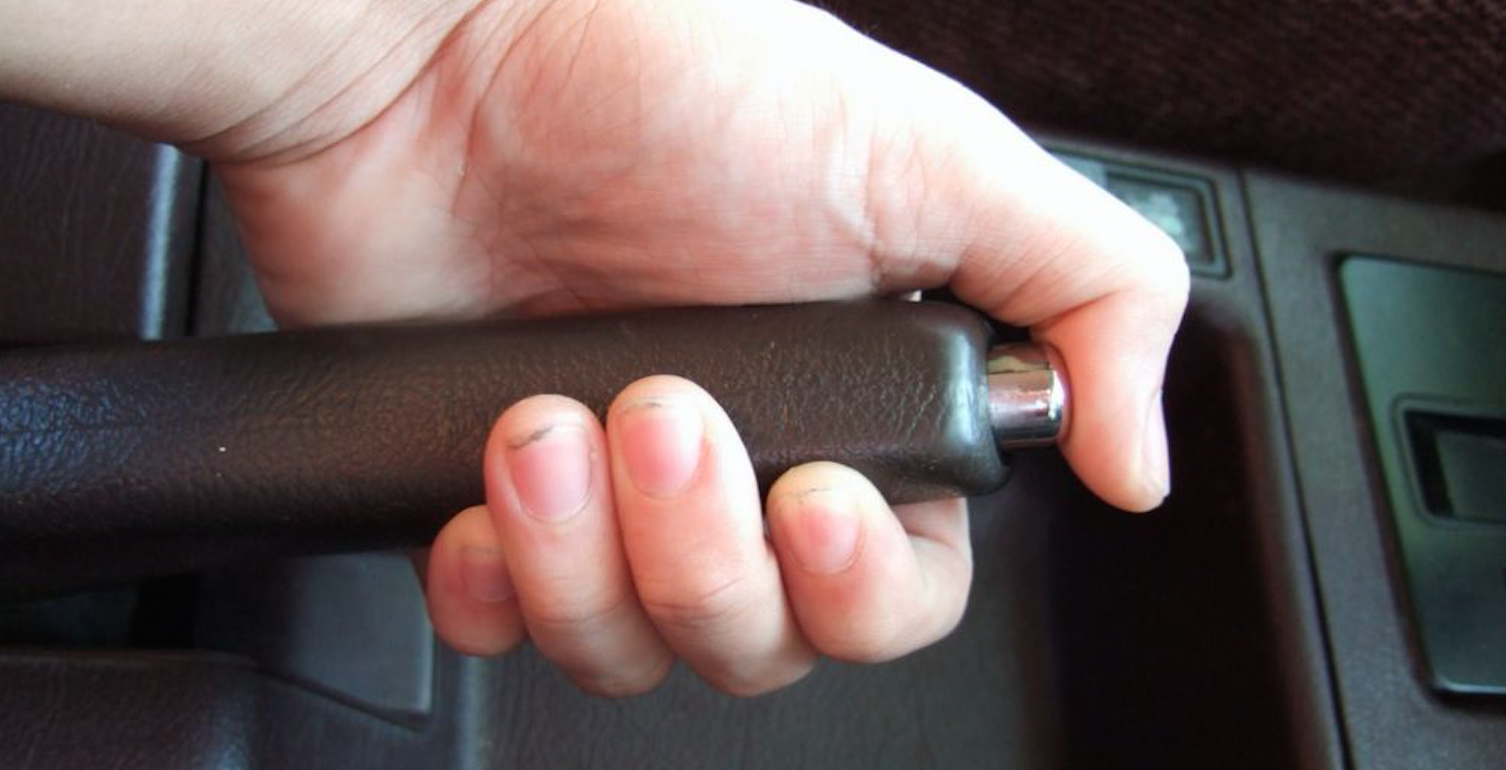
The handbrake is your best friend on the driving test. Almost every time you stop, you’re required to use it; even after the emergency stop! Thankfully, most drivers come to their senses and drop this ‘bad habit’ once they’ve passed their test.
In reality, there’s no need to handbrake every time you come to a halt. For example, if you’re in stop-start traffic, the foot brake will usually suffice. And if you need to make an emergency stop in a pile-up situation, the last thing you should do is apply the handbrake. Once stopped you should check your mirrors, put the car in gear and pull over to the side.
Don’t get us wrong, we’re not saying that you should never use it, but you don’t need to apply it every time you stop.
3. Checking your mirrors at pre-determined intervals
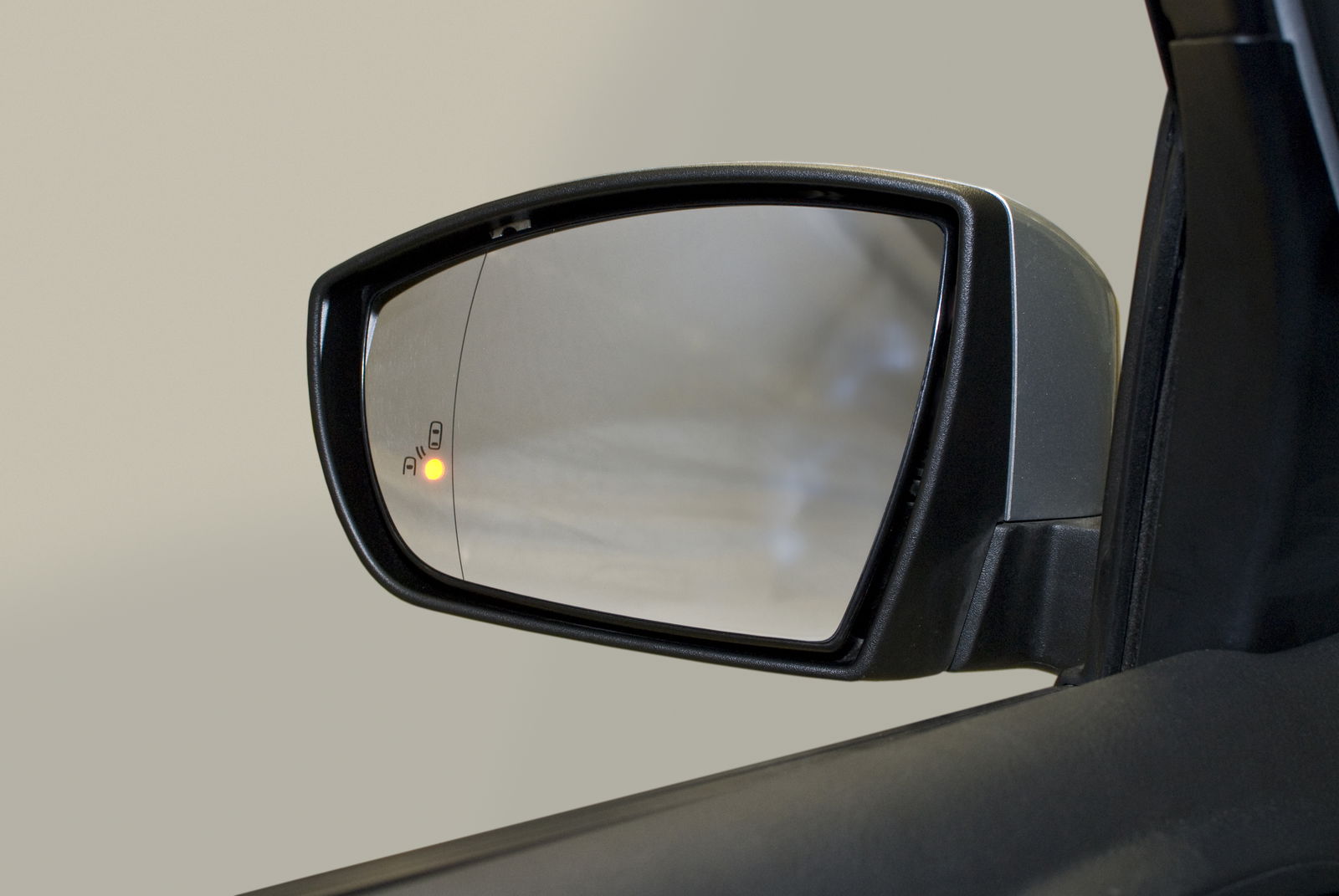
Every time you set off you should theoretically conduct a six-point check. The process goes (in the UK): look over your left shoulder, check your left exterior mirror, check your rear-view mirror, check the road ahead, check your right mirror and then finally look over your right shoulder. On your test you need to make these checks look super obvious to avoid incurring any minor penalties.
Our problem with this technique is the fact that it turns situational ‘awareness’ into a box-ticking exercise. And as we all know, when you do something simply for the sake of it (in this case, pleasing an instructor), the process ceases to have a meaningful effect.
4. Don't flash other road users
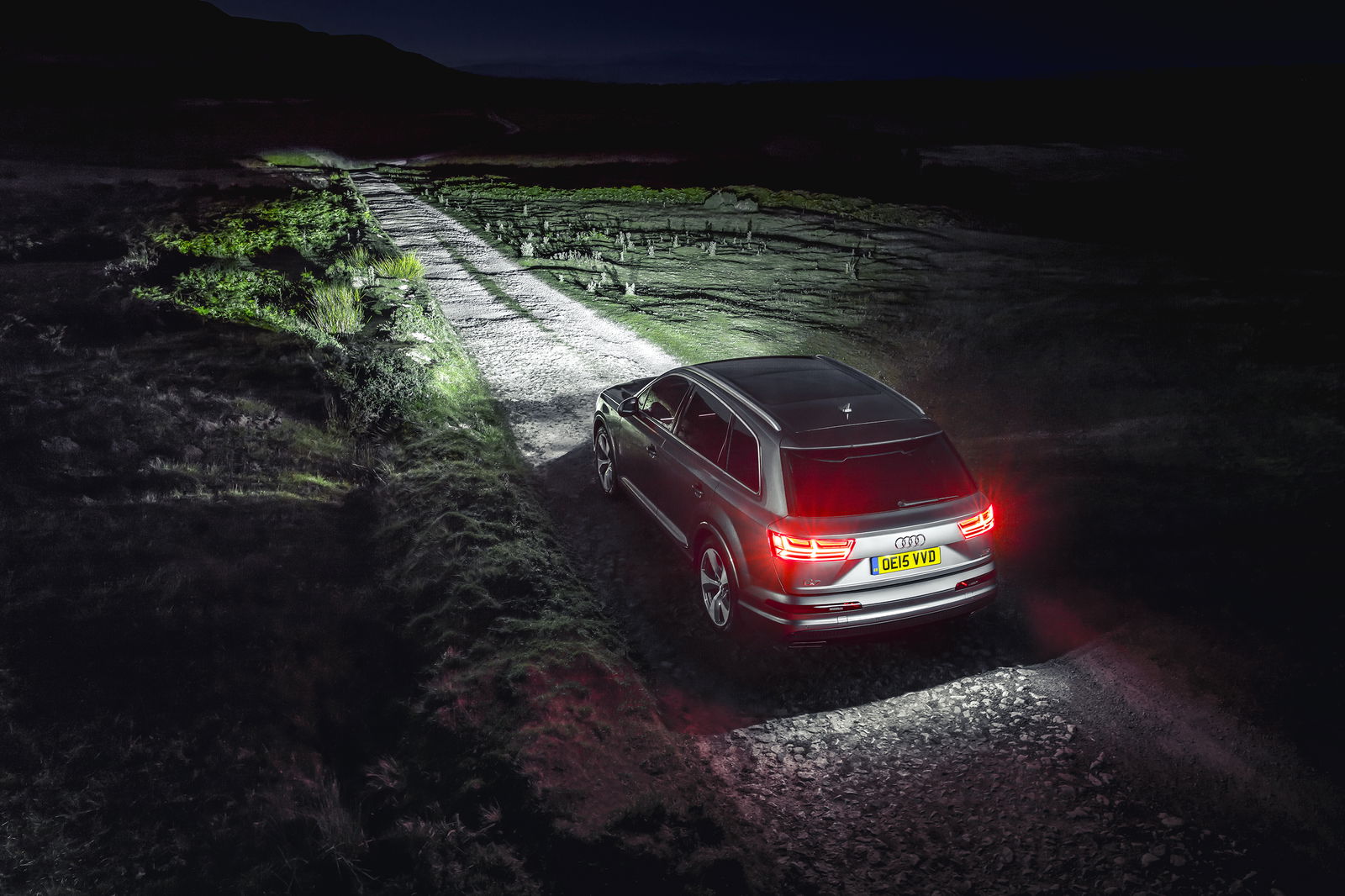
The Highway Code states that you should ‘only flash your headlights to let other road users know that you are there. Do not flash your headlights to convey any other messages’. As a result, you cannot flash your headlights on your driving test, and you cannot react to someone else flashing their lights at you. Now, we understand that in some circumstances this form of communication has the potential to be hazardous, but in most cases we find it to be rather helpful.
Flashing people to say thank you or to let them into a line of traffic is a daily occurrence for most of us. And whatever you might have been told, flashing your lights in the UK is not illegal.
5. Speed is the enemy (it's actually your friend)
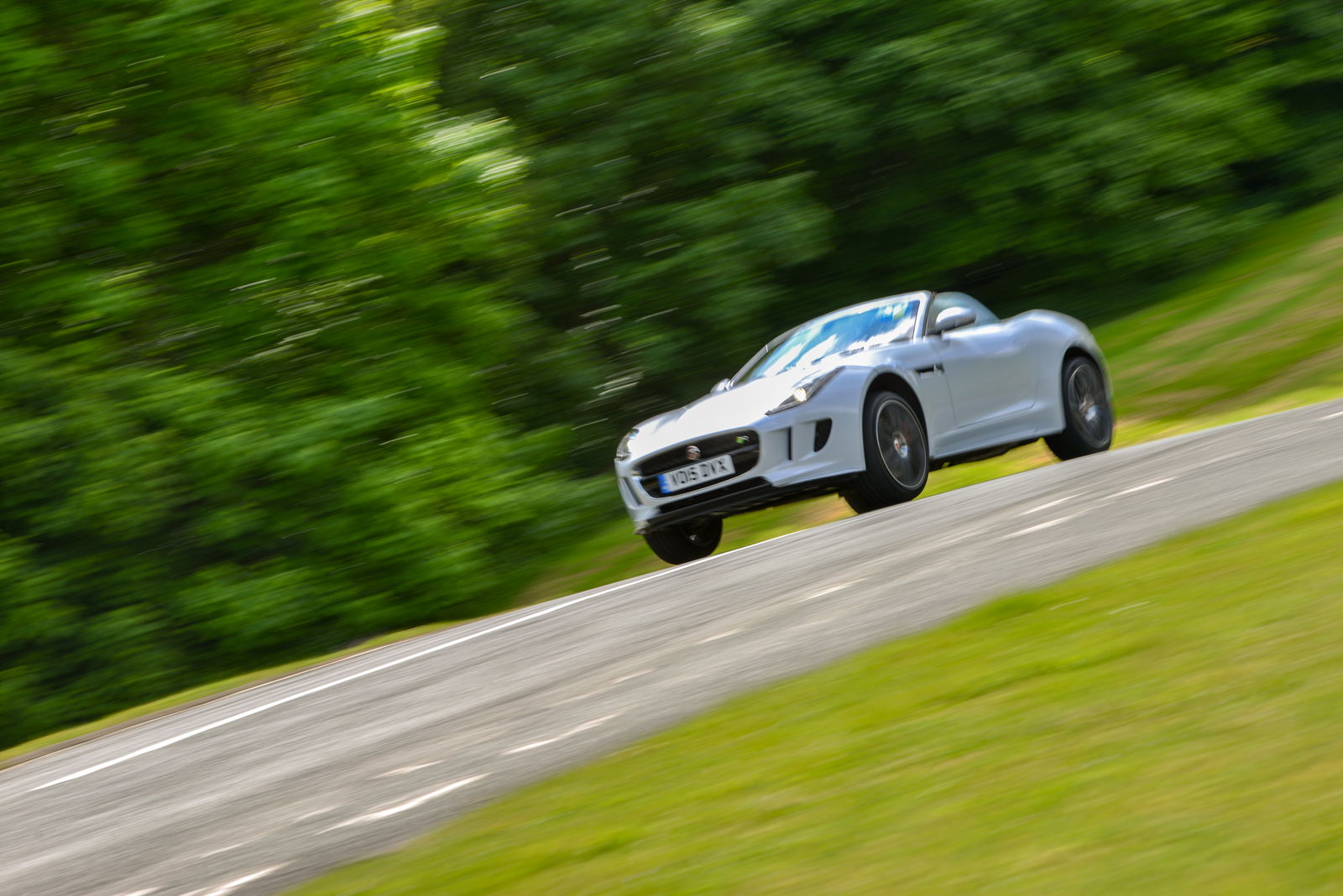
Controversially, the driving test in the UK fails to incorporate any form of motorway driving. The majority of your lessons will take place in busy towns or cities where your maximum speed will be limited to 30mph. As a result, young drivers often view speed as the enemy. This isn’t a major problem on crowded streets, but it can play havoc when it comes to driving on motorways.
When merging onto a faster road, it’s vital that you accelerate to match the speed of the adjacent traffic. Unfortunately, learner drivers often get intimidated and slow down on on-ramps. Not only is this dangerous to the learner driver, but it’s also dangerous to drivers travelling at high speed on the main road. If only they knew that mashing the loud pedal is actually safer.
6. Constantly checking your speed
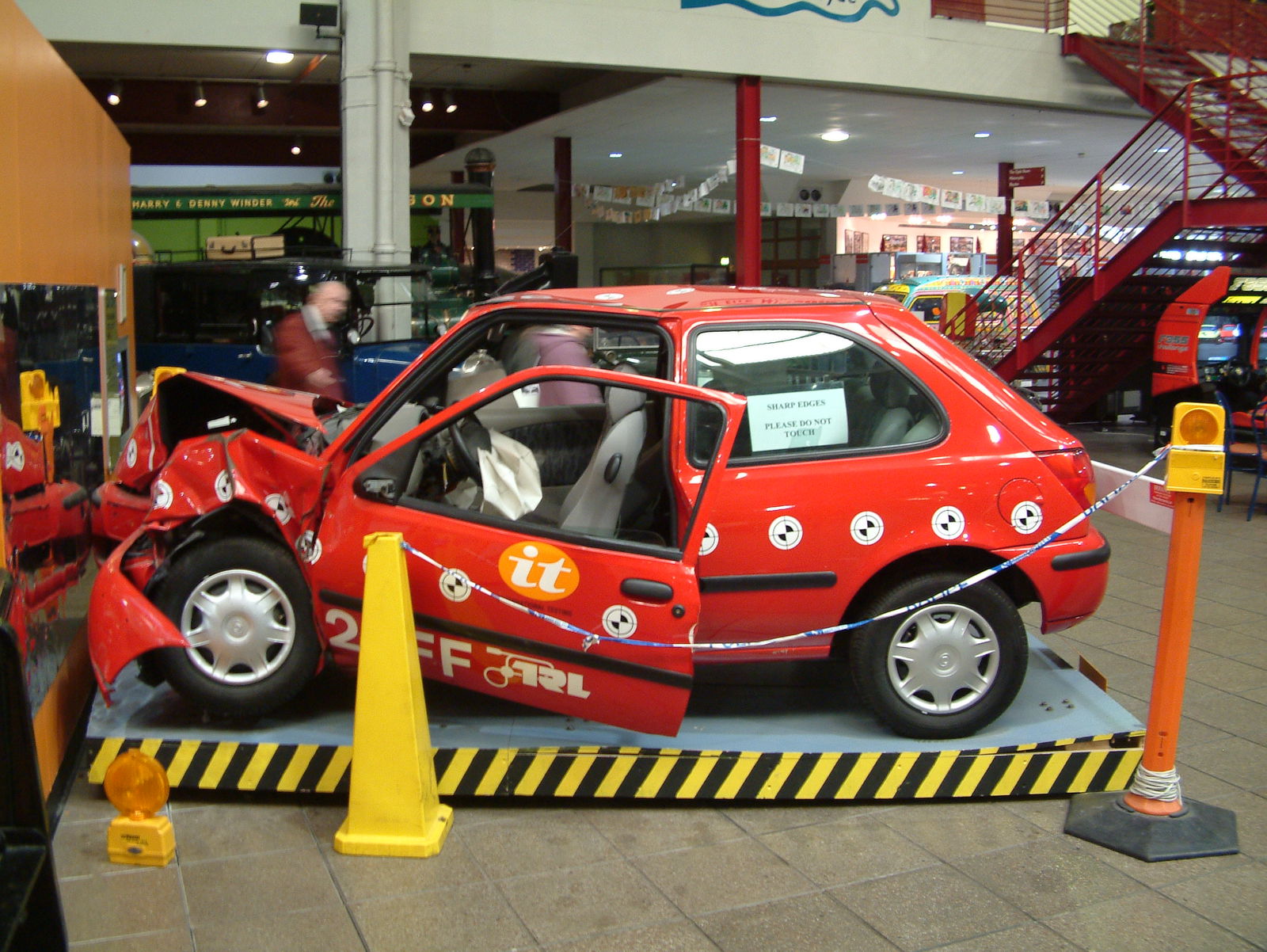
Speeding during your driving test can result in instant failure. As a result, most learners spend the majority of their assessment staring at the speedometer. This is because the test is nothing more than a box-ticking exercise: as long as you’re under the limit, you’re deemed to be safe.
Unfortunately, this is not the case. If you’re doing the speed limit, but not focusing on the road ahead, this is equally (if not more) dangerous than speeding. Thankfully, the more you drive, the more accustomed you become to multi-tasking (checking speed, road conditions and surrounding traffic).
Finally, we want to know from you guys, what pointless things were you told during your driving lessons? Let us know in the comments below!

Comments
What the fu..? They taught you to always pull the handbrake when coming to a halt?
#1: What if the car is old with sloppy steering? Are you supposed to cross your arms 1 1/2 times.
#4: I like to flash my lights at people that don’t turn on their headlights at night. Never works though.
“Check the bike lane when turning” I just drove by it…I know if a cyclist is there
You Brits are supposed to pull the handbrake every time you stop!? No wonder there’s such an obsession about wearing out the ratchet…
as a german “fast speeds on the Motorway” is a lame yoke - 70mph is our B-Road speed - nearly walking pace
I had to do the push\pull thing and now I CANT unlearn it. HELP MEEEEE.
1: used it in drivers ed, never since
2: same as above
3: a good thing to do but not at predetermined intervals
4: flash for speed trap
5: we had freeway practice in drivers ed. In the states 5mph over the limit is ok.
6: i check fairly often at random intervals for brief glance.
Wow, the UK must have some strict driving laws… my drivers test was about 9 right turns and 2 left turns in a quiet neighborhood. And that bit about the handbrake, I’ve never heard that, even in drivers ed.
Couldn’t agree more with #5.
Just blat it up to speed in 2nd and 3rd and job done.
My instructor was pretty cool, he had an M3 and did 130mph in it at like 3AM or something on the motorway. This was before he was an instructor though
Pagination